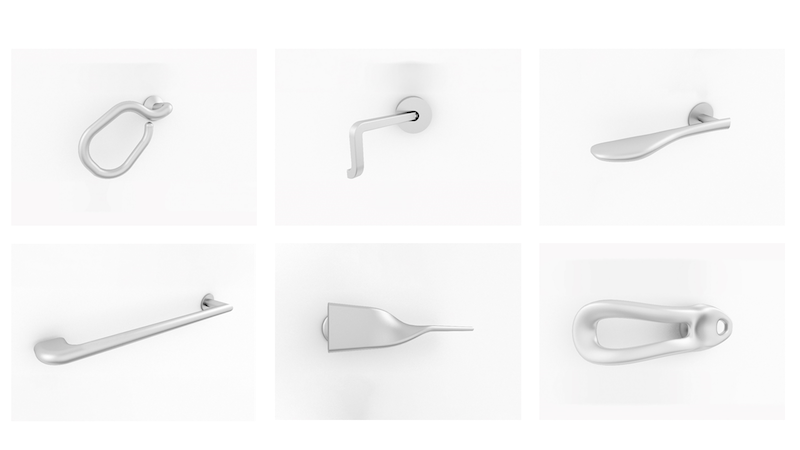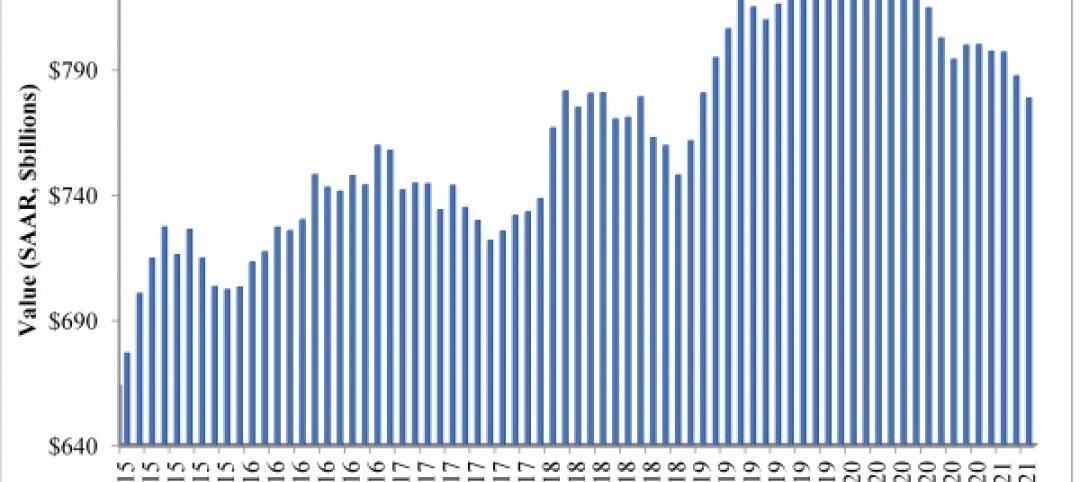Top international design and architecture firm Perkins Eastman recently released its newest white paper, “A Handle on Accessibility: Designing for a Future of Limited Mobility,” co-authored by Associate Michael Schur AIA, LEED AP, and Joshua Bergman, both based in the firm’s Chicago office. The paper marks the culmination of a six-month-long, in-house exercise in which Perkins Eastman’s Chicago staff engaged in various “empathy experiments”—e.g. simulating the tactile and sensory challenges encountered daily by seniors—and then broke off into smaller teams to design and fabricate a diverse array of door handles using 3-D printing technology. By applying a user-centered approach to design, integrating user analysis, and studying the physical constraints associated with aging, “A Handle on Accessibility” from start to finish set out to create a more accessible door handle and develop a clear understanding of the empathetic design process.
There is an accessibility challenge facing the U.S. According to the most recent census data and studies conducted by the U.S. Department of Health and Human Services, an estimated 1 in 5 people will be aged 65 or older by 2040. “These statistics,” say the authors, “suggest that in less than 25 years, nearly a quarter of the U.S. population will be faced with the physical limitations that come with aging: reduction of mobility and dexterity, visual and hearing impairment, bone and muscle weakness, and immune and memory deterioration.” On the front lines of this challenge is the door handle, a ubiquitous product that often gets overlooked, or otherwise tends to be designed with a form-before-function approach.
Following the teams’ empathy experiments, in which participating design and thought leaders formed evaluations based on first-hand limited-mobility and sensory deprivation exercises, solutions for new types of door handles began to materialize. The resulting six prototypes fall into three categories: 1) handles that adapted/evolved traditional handle forms (the “Seed” and “Twist” handles), 2) handles that rethought the handle form (the “Hand Hold” and “Loop” handles), and 3) handles that rethought how doors can be operated (the “Long” and “Crank” handles).
“As the U.S. population continues to age,” write Schur and Bergman, “[we as designers] have the opportunity to advance design through the re-working of overlooked elements of everyday life … The range and variety of the final designs emphasize the power of recognizing others’ needs…these explorations illustrate that the value of what we design ultimately lies in how well we understand the end-user and how well we are able to design for them.”
“A Handle on Accessibility” is available for free download here.
Related Stories
Market Data | May 13, 2021
Proliferating materials price increases and supply chain disruptions squeeze contractors and threaten to undermine economic recovery
Producer price index data for April shows wide variety of materials with double-digit price increases.
Market Data | May 7, 2021
Construction employment stalls in April
Soaring costs, supply-chain challenges, and workforce shortages undermine industry's recovery.
Market Data | May 4, 2021
Nonresidential construction outlays drop in March for fourth-straight month
Weak demand, supply-chain woes make further declines likely.
Market Data | May 3, 2021
Nonresidential construction spending decreases 1.1% in March
Spending was down on a monthly basis in 11 of the 16 nonresidential subcategories.
Market Data | Apr 30, 2021
New York City market continues to lead the U.S. Construction Pipeline
New York City has the greatest number of projects under construction with 110 projects/19,457 rooms.
Market Data | Apr 29, 2021
U.S. Hotel Construction pipeline beings 2021 with 4,967 projects/622,218 rooms at Q1 close
Although hotel development may still be tepid in Q1, continued government support and the extension of programs has aided many businesses to get back on their feet as more and more are working to re-staff and re-open.
Market Data | Apr 28, 2021
Construction employment declines in 203 metro areas from March 2020 to March 2021
The decline occurs despite homebuilding boom and improving economy.
Market Data | Apr 20, 2021
The pandemic moves subs and vendors closer to technology
Consigli’s latest market outlook identifies building products that are high risk for future price increases.
Market Data | Apr 20, 2021
Demand for design services continues to rapidly escalate
AIA’s ABI score for March rose to 55.6 compared to 53.3 in February.
Market Data | Apr 16, 2021
Construction employment in March trails March 2020 mark in 35 states
Nonresidential projects lag despite hot homebuilding market.

















